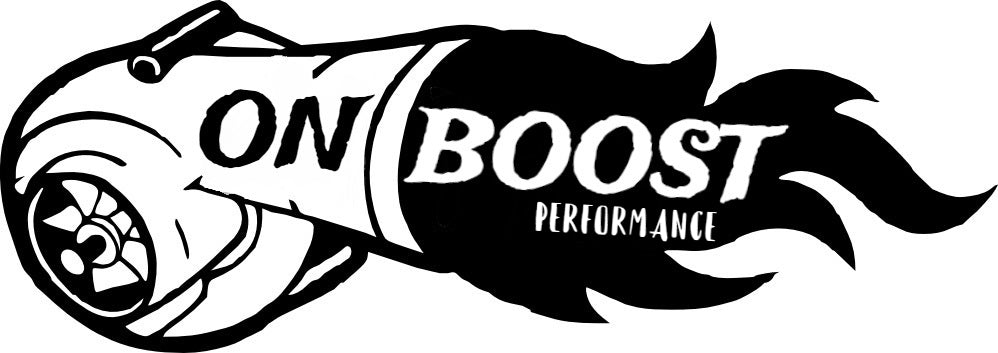A multitude of different blade designs have been utilized on compressor wheels. Each of them has their specific general advantages and disadvantages. However, these do not apply all the time. The design of the blade surface area plays a major role in the performance of a compressor wheel.
Straight Radial Compressor
Straight radial designs can produce high pressures but lack efficiency. They can be coupled with vaned-type diffusers in order to increase efficiency massively, however that results in a narrow flow range. This makes this style of compressor wheel unsuitable in the motorsport industry as the engine operates over a wide range of rpm instead of being constant.
Advantages
-
Allows for high boost pressure
-
Simple design and therefore easy manufacture
Disadvantages
Full Blade Compressor Wheel
Full blade wheels are mostly used on slower speed applications. Full blade wheels have increased efficiency and produce slightly higher pressure but aren’t recommended for higher boost applications where wheel speeds are high due to the lack of ‘bite’ in the air the wheel has due to the close full blade design. The full blade design is commonly used in OEM applications due to the reduced noise output compared to a splitter blade design and due to operating at relatively low pressures.
Advantages
-
High low-speed efficiency
-
Low noise output
-
Produces positive boost pressure sooner
Disadvantages
Splitter Blade Compressor Wheel

The splitter blade design utilizes alternating sizes of blades, one being tall and one being shorter. This increased gap between the tall blades allows for a bigger bite of air, allowing for better efficiency at higher speeds as well as low speeds. The smaller splitter blade then helps to efficiently compress the air. This style of compressor wheel is the most common in today’s turbocharger technology.
Advantages
-
Good efficiency at both low & high speeds
-
Low weight due to splitter blade design
-
Reduced surface area to reduce heating of air
Disadvantages
Extended Tip Compressor Wheels

Additionally, modern compressor wheel designs utilize an extended tip design, which refers to a special machining process that shaves the compressor wheels exducer back at an angle that is larger than 90 degrees in relation to the super-back. This design feature allows for a bigger rotational diameter due to it extending past the super-back’s diameter and allows for both increased flow and pressure while also keeping the wheels rotational mass to a minimum in comparison to a wheel where the exducers tip meets the diameter of the super-back.
It should be noted that there are multiple factors which can affect a compressor wheels aerodynamic design and must be targeted for the application in mind, whether this be maximum flow rate or optimal RPM. Comparing compressor wheels is not as simple as comparing the number of blades used. Each application has its benefits and disadvantages and one must be picked for the job at hand.
Compressor Wheel Hub Size

The photo illustrates a good comparison between two different styles of compressor wheels, the left being machined out of solid billet aluminium, whereas the other is a cast aluminium. They both utilize a 82mm exducer, however the compressor wheel on the left is rated to 710 horsepower and the compressor on the right is only rated to 650 horsepower. A major reason for this is that the hub section of the billet compressor wheel is narrower than the cast wheel, effectively giving the billet compressor wheel a larger blade surface area and therefore increasing its air flow and power capability while also reducing weight. It should also be noted that the blades of the billet compressor wheel are angled, where as the cast wheel’s blades are perpendicular to the shaft. This also adds to the blade surface area.






